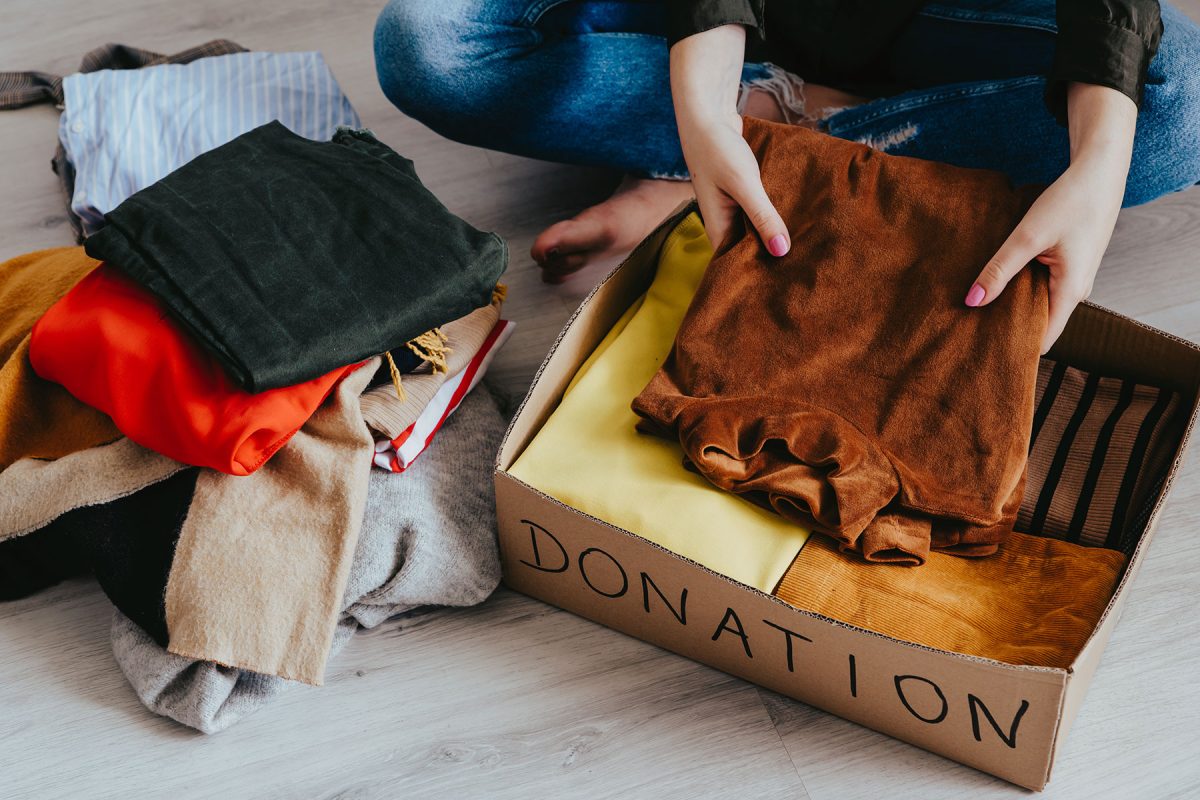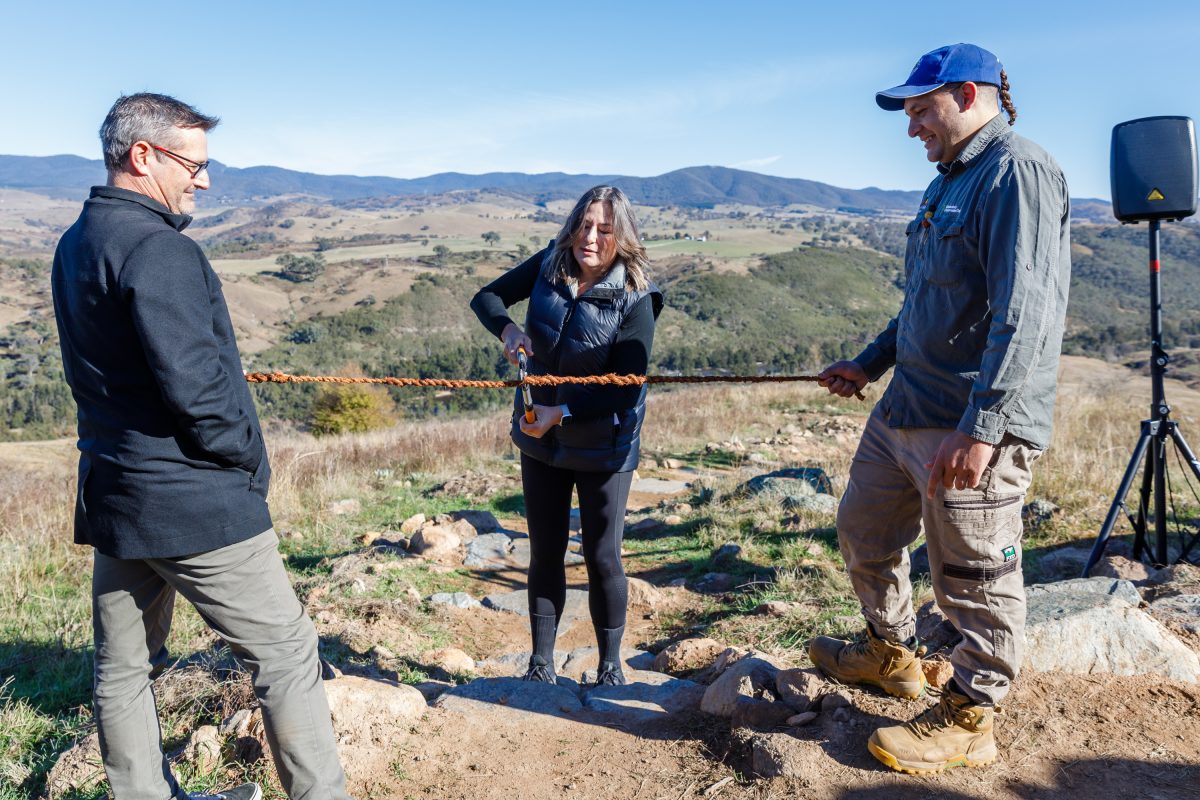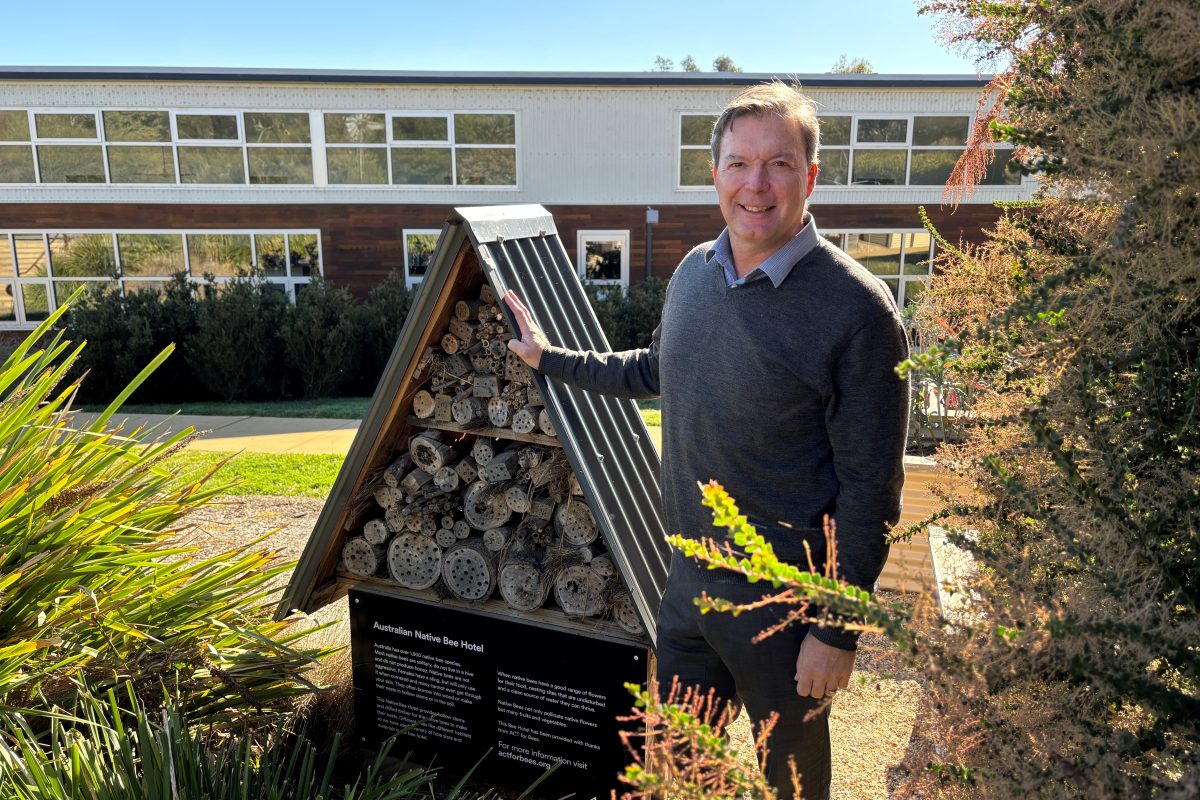Simple ways to mindfully and sustainably declutter
As we start a new year, Low Waste Lifestyle’s Camille de Burgh shares some simple tips on how to mindfully declutter.
It’s that time of year – after the excess of Christmas and holidays and getting ready for the new school and work year – that the mind focusses on the need to get organised. For most of us, this means trying to find a place for all the new things you and the family have acquired recently. But as every organiser will tell you, before you organise you need to declutter and get rid of the things that no longer serve you. Or, more, realistically that don’t fit in your cupboards.
That’s where I come in – not with the organising, I’m still working on that – but with what to do with all the things you have decluttered.
If you need a little prompt to get started, I’ve been doing a bit of research and it turns out there is a strong link between the amount of “stuff” we have in our homes and our mental load. Once I made the connection, I couldn’t unsee it and I have spent much of the last year working to clear my home, and my mind. I would walk in after a day of work and see cluttered surfaces and feel guilty for the things I hadn’t done: the messy desk with the teetering pile of papers/books and trinkets, the kitchen bench bedecked with appliances that didn’t fit in cupboards and a dining table covered in paraphernalia that didn’t really have a home.
There was a lot to get rid of. But living a “low waste lifestyle” means I can’t just get a skip and chuck it all in there. For me, it must be a process of mindfully and responsibly moving on those things that no longer served me. And. It. Feels. Great.
Your local Buy Nothing group
Let’s start with my favourite way to move things from my home: Buy Nothing. This is the space that I use the most. It’s a great way to clean out kids stationery, used notebooks, colouring books, toys, bed sheets, kitchen utensils and a whole range of bits and pieces.
Charity shops
Charity shops are, of course, a great option, but it’s important to make sure that you are only giving them high-quality, clean items that they can resell. Too many times you hear about (and witness) broken, dirty and no longer useable items being dumped outside charity shops. In contrast, I have watched someone scoop up a suit bag with a broken zipper on Buy Nothing!
My biggest success story has been a broken cat scratching post that was very used and very neglected. The lady who collected it from me, refurbishes them and then donates them to people who foster kittens and cats. Like I said, my favourite.
Donate and make a difference
The above ways are great to move on things on in one go – a couple of bags at the local Vinnies and you’re all done. But if you are prepared to take a bit more time and effort you can also find some really interesting ways to donate items and make a difference at the same time. Here are a few that I found:
Share the Dignity Bag Drive is a great way to declutter bags and unwanted (but unopened) toiletries. You’ll need to buy some sanitary products (and probably some toiletry items) to round out the bag but it’s a great initiative and over the years I have donated quite a few bags this way. If you haven’t heard of this amazing charity, they have done amazing work to ensure that more women have access to period products no matter their situation.
Roundabout Canberra is the perfect destination for second-hand baby, parenting and children’s goods. It acts as a sorting hub that funnels quality used and new donated items to more than 100 Canberra region services and charities that get the goods where they need to go.
Another great way to donate good quality work clothes/bags/shoes is through Communities at Work program here in Canberra. You can donate these items to be given for free to those in the community who need them to attend job interviews etc.
At the other end of the spectrum if you have any clothes, shoes or textiles that just aren’t fit to see the light of day, rather than sending them to landfill you can send them off to a great Melbourne-based organisation called Upparel. They sort them to see if any of them can be donated otherwise they are shredded and used for insulation and other things. According to the Australian Fashion Council, about 200,000 tonnes of discarded fashion is sent to landfill in Australia every year. Yet only 7000 tonnes is recycled.
RSPCA ACT will take towels and bathmats for the comfort of the animals during their stay.
Canberra Community Tool Box is a kind of library for Tools. So, if you are cleaning out your shed and garage (because let’s face it, the circular saw my dad used once to build me a potting bench is back in its box, where its likely to stay for eternity) think about donating here. You can always borrow the circular saw back if you do decide to move forward with one of your stalled projects.
Soft Landing is an amazing Canberra business that will collect and recycle your mattress which is so much better than sending it to landfill.
Lifeline is another one of my favourite charities to donate to. As a regular shopper at the famous Lifeline book fairs, it seems only right to help ensure a steady supply of books, puzzles and games! I have donated bags of books this year (it’s addictive once you start clearing out those shelves). As an aside, I have also reactivated my library card. Our libraries are amazing with so many services. And it means it’s taking me longer to fill up my bookshelves again! Sorry Lifeline!
There are several different places in Canberra where you can donate bicycles so they can be repaired and then given, or loaned back to the community: Canberra Buy Cycle, The ReCyclery and The Bike Library are just three of them.
Need more inspiration?
Planet Ark has a great website with suggestions on how to recycle “hard to recycle” things
What decluttering has taught me
So, what has my year of mindfully decluttering taught me? That it’s much easier to thoughtlessly buy things (I don’t really need) than to mindfully dispose of them. Taking the time to drive around Canberra to “destash” has made me think twice about what I buy and where I buy it from. It’s quicker and easier to clean the house and I really do feel less overwhelmed by the “stuff” in my house.
Meanwhile, ditching the stuff in my wardrobe that I no longer (or never) wear has made me appreciate the clothes I have and “shopping my wardrobe” has been more fun and successful than I thought.



